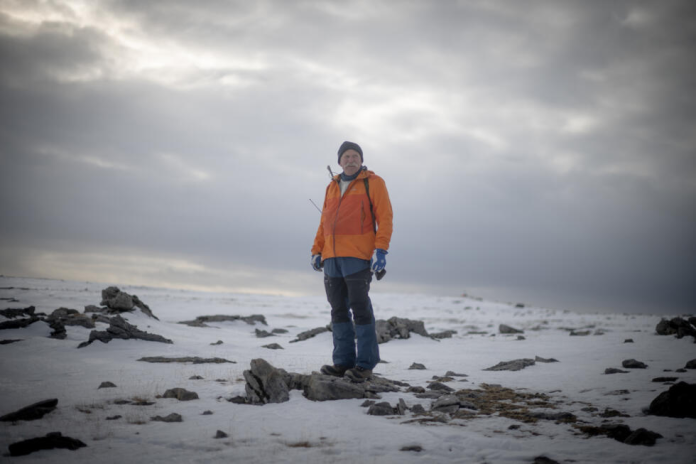TROMSO, NORWAY, JUN 23 (AFP/APP/DNA):In the cold of the Norwegian Arctic, meteorologist Trond Robertsen manually recorded precipitation levels for over two decades, witnessing firsthand the effects of climate change.
At 66, Robertsen retired after enduring spartan conditions during missions that totalled eight years on two islands of the Svalbard archipelago: Bjornoya (Bear Island) and Hogen.
To reach the remote Bjornoya, where the only humans are the nine employees of the small weather station, the meteorologists have to fly in by helicopter as they are rotated on a six-month basis.
“The idea is to not stay too long, because it’s a different rhythm, and you are isolated,” Robertsen told AFP.
It is demanding work.
“It’s a 24/7 occupation,” he said. “We are doing it all day, all night.” The team worked shifts to cover all hours of the day, he explained.
Weather observation starts in the early morning at 6:00 am.
“It’s manually done, then you have to go outside and check the bucket that is collecting precipitation,” said Robertsen.
“During wintertime you have to melt the snow and ice into water” to determine how much has fallen.
The data is then transmitted the Norwegian Meteorological Institute in Tromso and Oslo.
“This tiny little observation is actually quite crucial for the weather forecasting systems up north, because observations are so sparse from that area.”
Bjornoya sits in the middle of fishing grounds, and the weather reports published twice a day are closely followed by the fishing boats in the area.

















